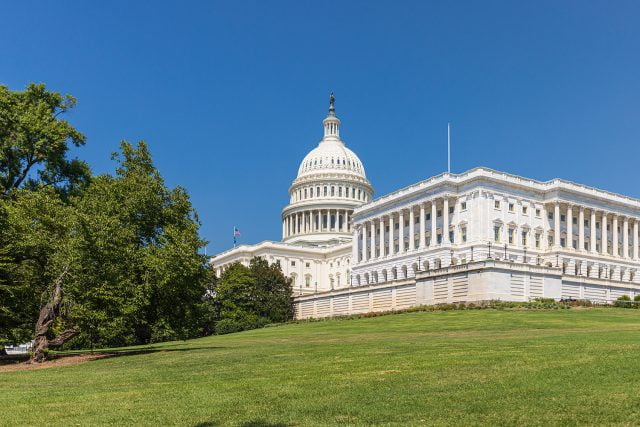
The 2023 Social Security 2100 Act Is a Bad Version of a Great Bill
Alicia H. Munnell is a columnist for MarketWatch and senior advisor of the Center for Retirement Research at Boston College.
It has temporary benefit increases, is greedy on the COLA, and overreaches on revenues.
The original Social Security 2100 Act, released in 2019 by Congressman John Larson (D-CT), then Chair of the House Ways and Means Subcommittee on Social Security, was terrific. The legislation retained, and even slightly enhanced, benefits and substantially increased revenues to cover the program’s 75-year deficit.
On the benefit side, the 2019 legislation offered four enhancements:
- Use the consumer price index for the elderly (CPI-E) to determine the cost-of-living adjustment (COLA) for benefits.
- Raise the first factor in the benefit formula from 90 to 93 percent.
- Increase thresholds for taxation of benefits under the personal income tax.
- Increase the special minimum benefit for those with very low earnings.
To pay for these benefit enhancements and, more importantly, to eliminate the 75-year deficit, the legislation increased income to the program in two significant ways:
- Raise the combined OASDI payroll tax of 12.4 percent by 0.1 percentage point per year until it reaches 14.8 percent in 2043.
- Apply the payroll tax on earnings above $400,000 and on all earnings once the taxable maximum reaches $400,000, with a small offsetting benefit for these additional taxes.
In 2021, Larson released a new version of the legislation – the Social Security 2100 Act: A Sacred Trust – which reflected two maxims of the current political climate: 1) no tax increases for those earning less than $400,000; and 2) temporary programs will generate impetus for making them permanent. The result was a bill that produced only about half the revenue as the 2019 proposal – since it is no longer possible to raise the payroll tax rate – and introduced 12 benefit increases that would expire after five years.
In July 2023, Larson released a third version of the Social Security 2100 Act. The Social Security actuaries concluded that – with enhancements only for the years 2025-2034 – the legislation would eliminate almost 90 percent of the program’s 75-year deficit. So, one could characterize the proposed legislation as a serious “down payment” on solving the 75-year problem. But the legislation is seriously flawed: temporary benefit increases are problematic; it’s just plain greedy on the COLA; and it overreaches on the revenue side.
First, temporary benefit increases are a terrible idea, because only one of two things can happen.
- Let’s say that the new way of thinking is correct – put goodies on the table for a few years and pressure will build to make them permanent. My back-of-the envelope calculations suggest that making these enhancements permanent would use up roughly half of the new money raised.
- Alternatively, the pundits are not correct; Congress does not make the enhancements permanent after 2034. Then, the legislation would have created chaos for the short-staffed Social Security Administration, where computer capability is already stretched thin. And, equally important, turning provisions on and off will confuse people enormously and undermine confidence in the program. Think of explaining to angry retirees why the minimum benefit has dropped or the COLA is lower than expected.
Second, while it’s perfectly reasonable to propose changing the index for cost-of-living adjustments from the CPI-W to the CPI-E (the consumer price index for the elderly), it is not reasonable to propose using the “higher of the two.” The goal here is not to get as much money as possible to retirees but rather to ensure that the value of their benefits is not eroded by inflation. Pick the best index and stick with it.
Third, the 2023 legislation proposes to raise about a third of its money by going after irrelevant sources. Specifically, it would apply the 12.4-percent payroll tax rate to net investment income as defined under the Affordable Care Act. The program will be safer in the long run if its financing sources have a rational link to the goals of the program.
In short, I love the Social Security program and want to see additional funding to finance promised benefits. And, as a researcher, it would be fun to compare outcomes for people who received enhanced benefits to those who did not. But the 2023 version of the Social Security 2100 Act would create more problems than it solves. Resurrect the original legislation and put it on the table.







